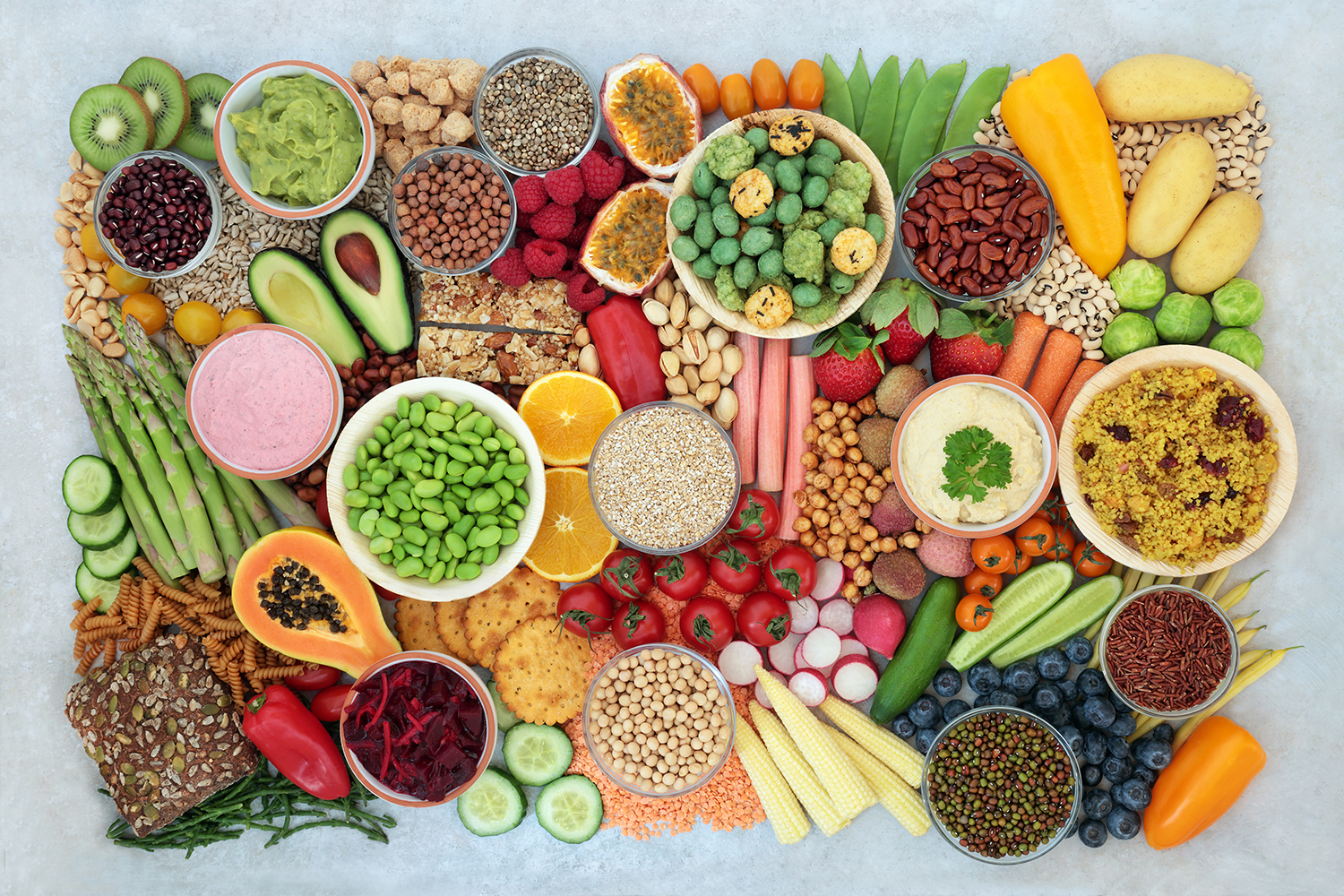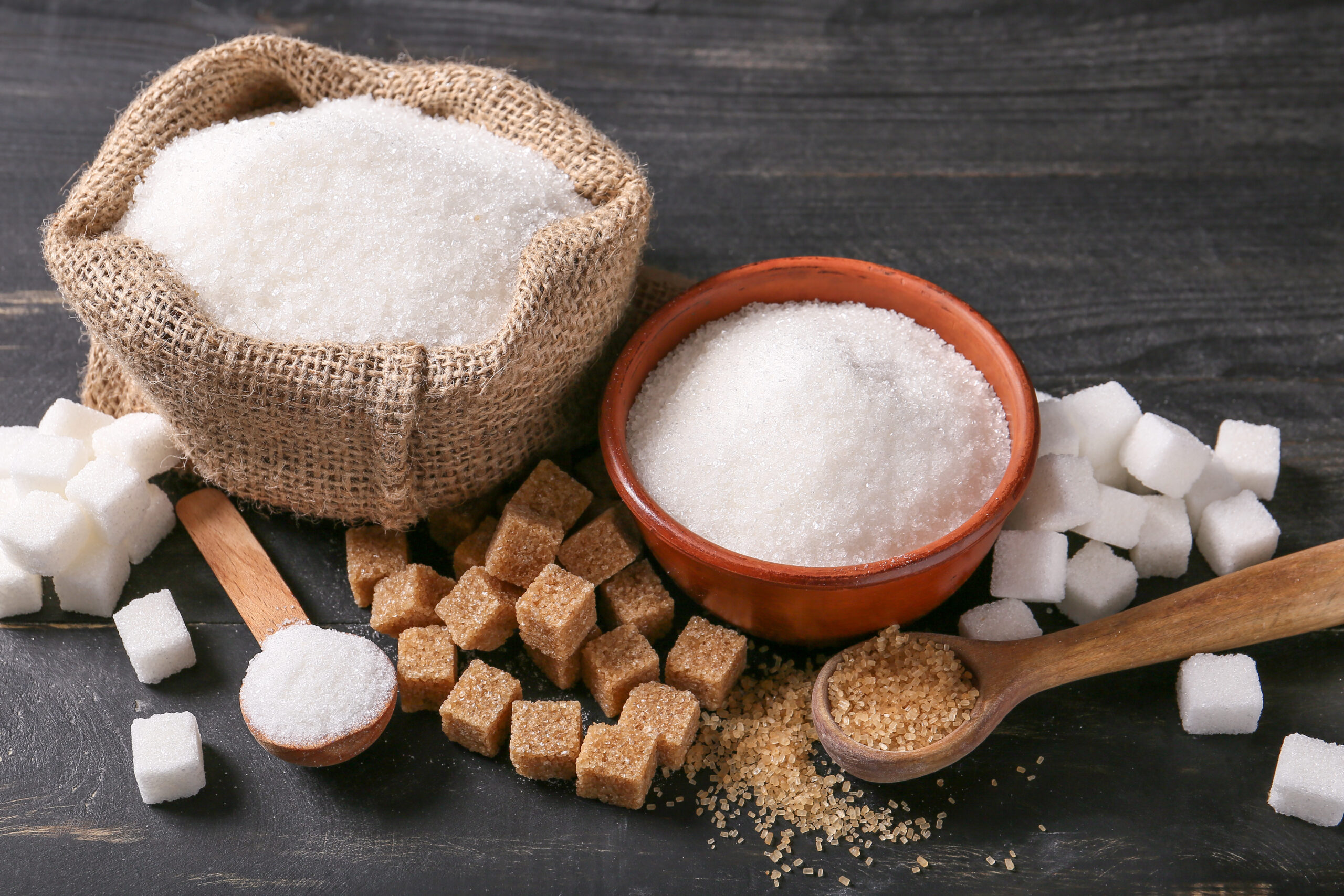A plant-based diet is a lifestyle that prioritizes whole, minimally processed foods derived from plants while reducing or eliminating animal products. Whether you’re making the switch for health reasons, environmental concerns, or ethical considerations, transitioning to a plant-based diet can be rewarding and beneficial. Here’s a comprehensive guide to help you get started.
What Is a Plant-Based Diet?
A plant-based diet is centered around consuming foods primarily sourced from plants, including:
-
Vegetables – Leafy greens, cruciferous vegetables, and root vegetables
-
Fruits – Berries, citrus fruits, apples, bananas, and tropical fruits
-
Whole Grains – Brown rice, quinoa, oats, and whole wheat
-
Legumes – Lentils, chickpeas, black beans, and peas
-
Nuts and Seeds – Almonds, walnuts, chia seeds, and flaxseeds
Unlike strict vegan diets, a plant-based diet is more flexible, allowing occasional consumption of dairy, eggs, or other animal products while keeping plant foods as the primary focus.
Step-by-Step Guide to Transitioning
Step 1: Define Your Goals
Before diving in, consider why you want to adopt a plant-based diet. Are you aiming for better health, weight management, or reducing your environmental footprint? Having clear goals will keep you motivated.
Step 2: Start Gradually
Making drastic dietary changes overnight can be challenging. Begin by introducing plant-based meals a few times a week, then gradually increase them. Some methods include:
-
Swapping meat with plant-based protein sources like tofu, tempeh, or beans
-
Experimenting with plant-based recipes for breakfast, lunch, and dinner
-
Choosing dairy alternatives like almond, oat, or soy milk
Step 3: Stock Your Kitchen
Fill your pantry with plant-based essentials to make meal preparation easier. Some key staples include:
-
Whole grains like quinoa, brown rice, and oats
-
Beans, lentils, and chickpeas for protein
-
Nuts and seeds for healthy fats
-
Fresh and frozen fruits and vegetables
-
Healthy plant-based oils like olive oil and avocado oil
Step 4: Learn to Cook Plant-Based Meals
Cooking at home is key to making a successful transition. Try simple, wholesome recipes such as:
-
Oatmeal with nuts, fruits, and plant-based milk
-
Stir-fried vegetables with tofu and brown rice
-
Lentil soup with whole grain bread
-
Chickpea salad with avocado dressing
Step 5: Find Plant-Based Alternatives
Many alternatives are available for traditional animal-based foods, such as:
-
Meat substitutes: Beyond Meat, jackfruit, tempeh, and lentils
-
Dairy substitutes: Almond, soy, coconut, and oat milk
-
Egg substitutes: Flaxseed meal, aquafaba (chickpea water), and tofu for scrambles
Step 6: Be Mindful of Nutritional Needs
While a plant-based diet can be nutritionally rich, it’s essential to ensure adequate intake of certain nutrients:
-
Protein: Lentils, beans, tofu, quinoa, and nuts
-
Vitamin B12: Fortified cereals, nutritional yeast, or supplements
-
Iron: Spinach, lentils, chickpeas, and pumpkin seeds
-
Omega-3s: Chia seeds, flaxseeds, walnuts, and algae-based supplements
Step 7: Overcome Challenges
Transitioning may come with obstacles, such as cravings or social pressures. Here’s how to navigate them:
-
Try new plant-based recipes to keep meals exciting
-
Plan ahead when dining out to find plant-based options
-
Connect with plant-based communities for motivation and support
Health Benefits of a Plant-Based Diet
Studies show that a plant-based diet can: ✅ Lower the risk of heart disease and high blood pressure ✅ Improve digestion and gut health ✅ Aid in weight management and promote sustainable weight loss ✅ Reduce inflammation and boost immunity ✅ Contribute to a lower carbon footprint
Final Thoughts
Transitioning to a plant-based diet is a personal journey that should be enjoyable and sustainable. Focus on adding more plant-based foods to your meals, experiment with different flavors, and listen to your body's needs. Over time, you’ll discover the immense benefits of a plant-based lifestyle.





Comments (0)
Leave a Comment
No comments yet. Be the first to share your thoughts!